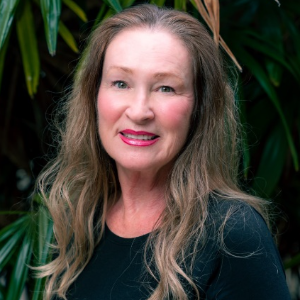Title : Evaluation of a medical mission model for remote locations: A study on underserved Hawaiian Islands and Chuuk Micronesia
Abstract:
Background or Introduction:
The Medical Mission Model for remote locations is a comprehensive framework designed to address the healthcare challenges faced by underserved populations in remote areas. This study provides an overview of the key components and objectives of the model. The study aimed to evaluate the impact of capacity-building short-term mission service trips to underserved Hawaiian Islands, including Molokai, Lanai, and Chuuk Micronesia, and assess local health education and perspectives. The study focused on the experiences of senior nursing students and their mentors during the mission trips.
Objectives:
The primary objectives of the Medical Mission Model are to improve access to healthcare, enhance health outcomes, and empower individuals in remote areas to take control of their own health. The model aims to achieve these objectives through the provision of healthcare services, health education, and community engagement.
Methods:
The model begins with a needs assessment and planning phase, where the specific healthcare needs of the remote location are identified. Strategic partnerships are established with local stakeholders, and resources are mobilized to support the medical mission. Logistics and operations are carefully coordinated to facilitate the implementation of healthcare services and educational programs. A prospective, mixed-methods study design was employed. Mission trips took place between March 2014 and September 2024, during which nursing students and mentors provided education, medical assessment, and wound treatment on locally selected patient care-related topics. Team members completed knowledge questionnaires and were surveyed or interviewed to assess the impact of the medical mission service and the cultural competence of the mission team members. Cultural competence was evaluated using the Intercultural Effectiveness Scale (IES) and additional surveys.
Results:
The implementation of the Medical Mission Model resulted in improved access to healthcare services for the underserved population in remote areas. By providing primary care, preventive services, chronic disease management, and specialized care, the model aims to address the specific health needs of the community. Health education initiatives and community engagement activities contributed to increased awareness and knowledge about preventive measures and healthy lifestyles.
Conclusion:
The Medical Mission Model for remote locations offers a structured approach to address the healthcare challenges faced by underserved populations in remote areas. By combining healthcare services, education, community engagement, and cultural sensitivity, the model aims to improve health outcomes and empower individuals to actively participate in their own healthcare. This model serves as a foundation for sustainable healthcare solutions in remote areas and promotes the overall well-being of the underserved communities it serves.
Keywords: medical missions, health education, underserved populations, community engagement, healthcare access
Audience Take Away Notes:
- Healthcare professionals can learn effective strategies from this study to improve access to healthcare, enhance health outcomes, and empower individuals in remote areas.
- The Medical Mission Model provides a practical framework for delivering primary care, preventive services, chronic disease management, and specialized care in underserved populations.
- Designers of healthcare systems can draw inspiration from the Medical Mission Model to develop and enhance healthcare programs and initiatives in remote areas.
- This study offers practical solutions, knowledge, and insights that can benefit healthcare professionals, educators, and designers in addressing healthcare challenges in remote areas, ultimately improving healthcare access, outcomes, and empowerment for underserved populations.



